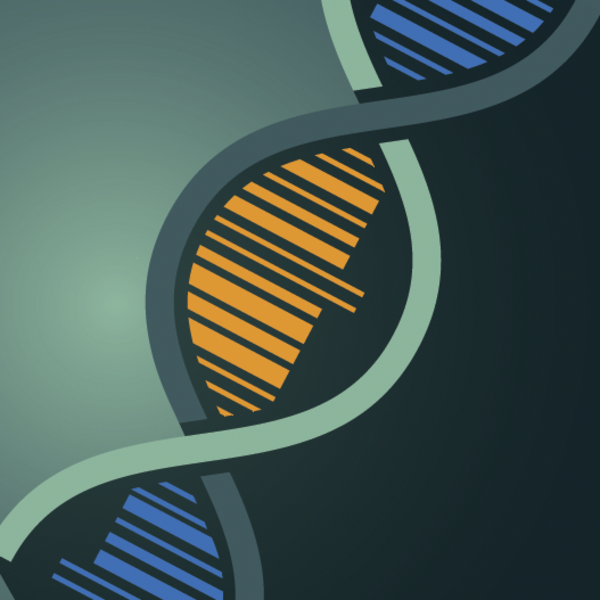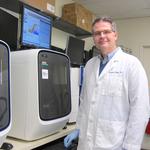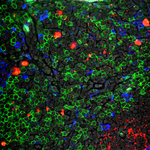The AIDS and Cancer Virus Program investigates ways to diagnose, prevent, and treat HIV infection and AIDS-related tumors associated with cancer viruses, such as Kaposi sarcoma–associated herpesvirus. We have principal investigator-headed research sections and research support cores that provide innovative, often unique, capabilities in support of our program, as well as the National Institutes of Health and extramural investigators.
Research Sections and Support Core Capabilities
Furthering the field through support and collaboration
Our program's culture includes widely sharing our innovations and capabiliites, including novel experimental models, reagents, and analytical methods through a variety of collaborative mechanisms, including selected laboratory services or analytical capabilities available through the Technical Services Agreement program.
Collaboration Opportunities
AIDS and Cancer Virus research sections and research support cores collaborate with scientists within and outside the National Institutes of Health to address key remaining challenges in the prevention and treatment of HIV infection and associated conditions. We engage with external investigators through partnership mechanisms including Cooperative Research and Development Agreement (CRADA), Material Transfer Agreement (MTA), Technical Service Agreement (TSA).
Contact Dr. Jeffrey Lifson or the specific section or core leader.
Principal Investigator-Led Research Sections
Our principal investigators pursue investigator-initiated research to explore important questions and challenges in research on HIV/AIDS. Advances developed through this research include important new animal models, reagents, and analytical approaches broadly shared with many collaborators. Our PI-led Research Sections include:

Technology innovation enhances study of virus:host interactions
Research Support Cores
These research support cores provide innovative, often unique capabilities in support of the AIDS and Cancer Virus Program, as well as to the National Institutes of Health and extramural investigators.


